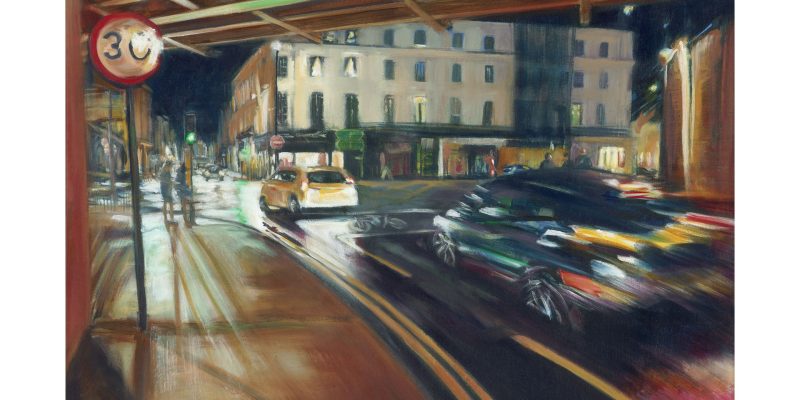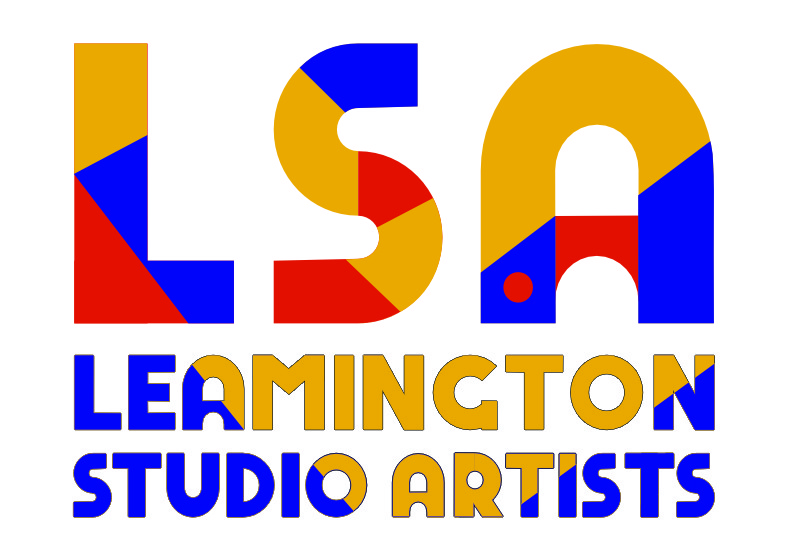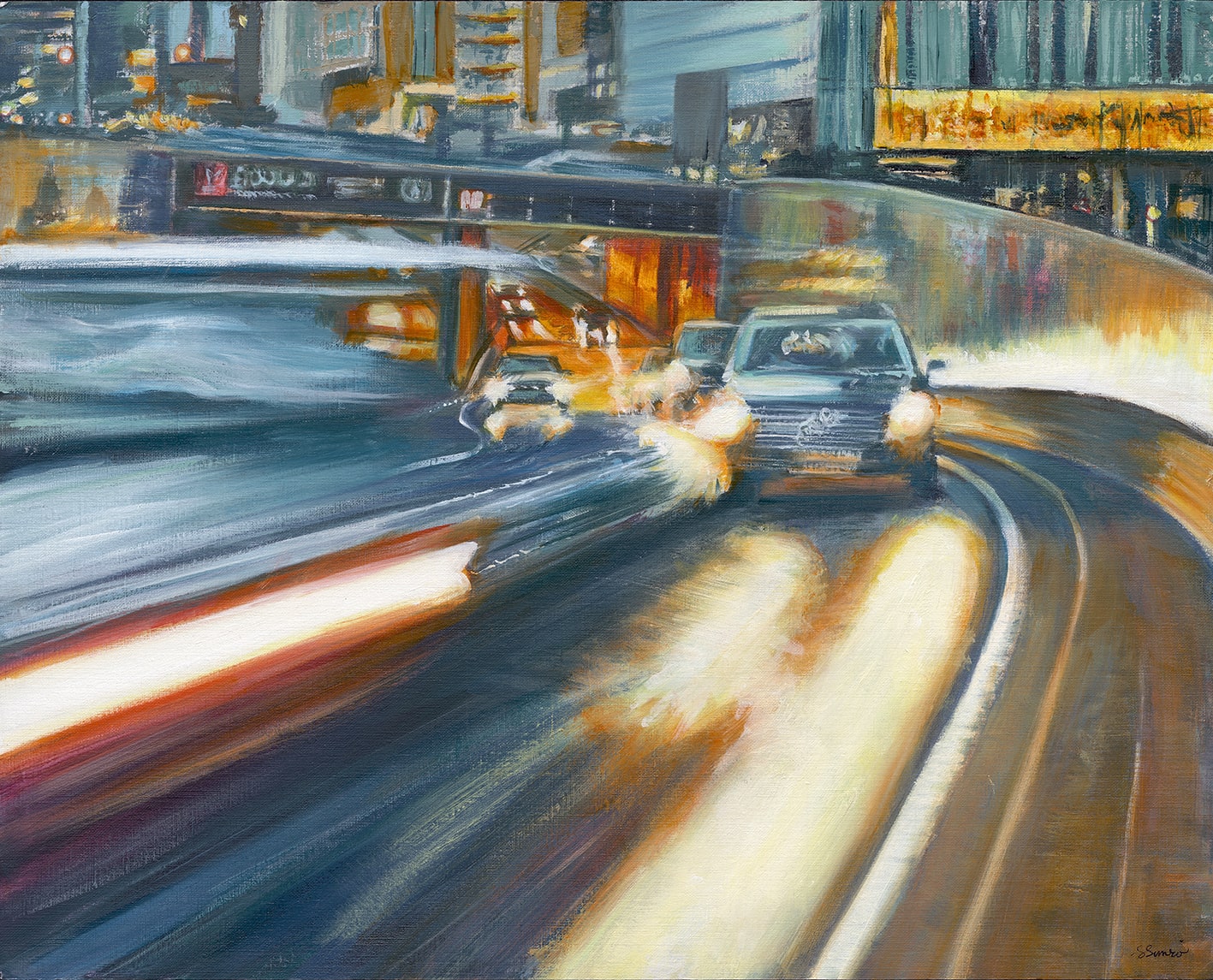“I don’t just paint what I see; I paint the energy that moves through it.
Understanding an artist’s journey offers a deeper appreciation of their work, the influences, decisions, and passions that shape their creative path…
For Julie, the city is both muse and mirror. A living canvas of movement, light and reflection. From her early days studying Fine Art in London, she has been captivated by the pulse of urban life and the fleeting choreography of people, cars, and weather that define it. Whether in the glow of Prague’s summer heat or beneath the sodium haze of Birmingham’s rain-slick streets, she finds beauty in the blur: moments where energy, emotion, and environment collide.
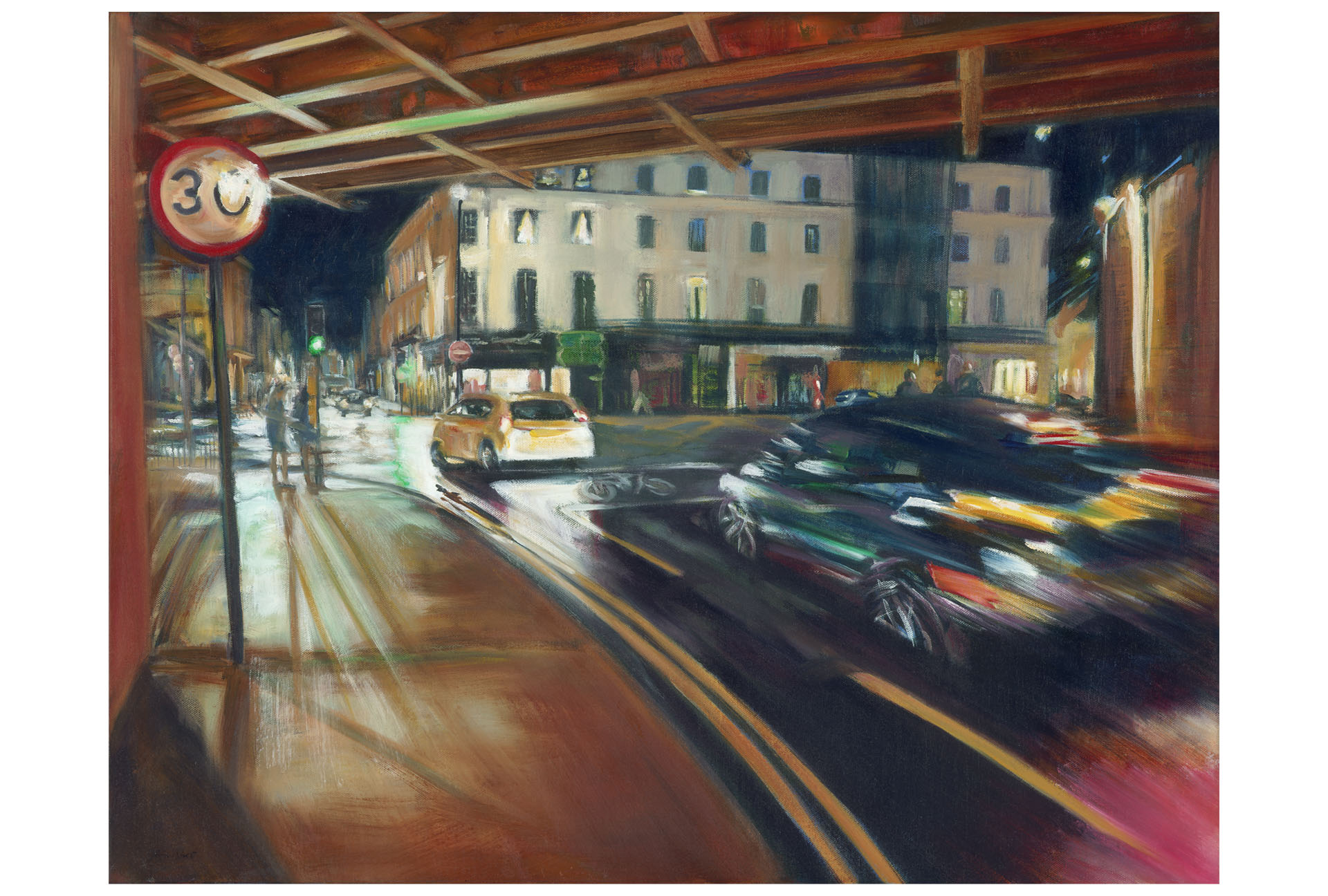
Her practice straddles painting and photography, each feeding the other in a dynamic cycle of observation and reinvention. The camera, for Julie, is less a recorder than a collaborator, a way to catch what the eye might miss, a flicker of movement or an unexpected wash of colour. Back in the studio, these captured fragments evolve through layers of paint and texture, transformed into compositions that hum with vitality and atmosphere.
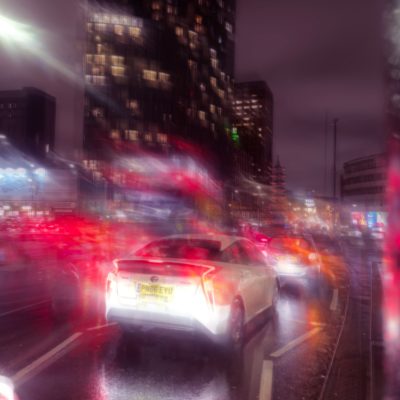
LSA: The urban environment clearly energises your work. What is it about city life, reflections and light play that keep drawing you back as subjects?
At the age of 18, I travelled from a small town up north to London to study Fine Art at Goldsmiths and then Central, Saint Martins. I was tasked with
capturing the energy of the city, and it was these elements of vitality and motion which have remained an integral part of my artwork ever since. The city is never still. I feel a pulse running through it. Be it on a hot baking day in Prague, or standing by the ring road on a wet, rainy night in Birmingham, with the deafening noise of the traffic and blazing lights bouncing off the wet tarmac, it all inspires me and makes me feel alive.
LSA: Your work often evokes a sense of motion and transience. Do you see that as a reflection of modern life, or something more timeless?
I respond to what I see and feel within this modern world, but this interplay of people and how they move through their environment is timeless. I am drawn to transitional moments when daylight fades and artificial lights take over, when rain transformed streets into mirrors, when traffic bursts from an underpass, trailing sparks of light. To me these scene pulse with an emotional intensity.
LSA: Could you talk about how your photography feeds your painting? Do you think of the camera as a sketchbook, or as a collaborator in your creative process?
My photography is a very important starting point and stimulus. Especially for my night shots, where it is far too dangerous to just sit and sketch. I typically use settings which are in the realms of slow motion, which gives me very unexpected results, usually what the eye can’t see. But my photographs are rarely the end results, as I feel the need to rearrange compositions, amalgamate images together, immerse myself in painting so I can add layers and texture, let the paint speak and evolve the scale of the final pieces.
LSA: How do the cities and environments you work in influence both your technique and the themes you explore in your art?
technique which I think will portray the best result. I often draw my compositions using chalk pastels for their immediacy and directness. Watercolours are great to keep fluidity and allowing the whites to glow. My oil paintings emerge a lot slower, as I need to include bright areas which take a long time to dry, so I can then glaze the glow on top.

Watercolour- City Heat II- 53 x 59 cm
With my Leamington based work, I am drawn back time and time again to the old railway bridge, as an iconic monument to human ingenuity and a reminder of my heritage of growing up in a working steel town. I have painted it seven times now, from different angles, times of day and it still inspires me.

Evening Glow on Clemens Street. Oil on canvas. 40 cm square
Evening Glow on Clemens Street. Oil on canvas. 40 cm square. I am also including more figures within my recent Prague work, the idea of tourists enjoying the sights, basking in the sunlight. By panning with my camera, I aim to capture the figure in detail whilst the background is blurred.
I exhibited this painting, ‘Summer Stroll in Prague’ in the Broadway Arts Festival this year, and it won me a weekend exhibition at the Broadway Contemporary Gallery from 20-23 rd August in 2026!
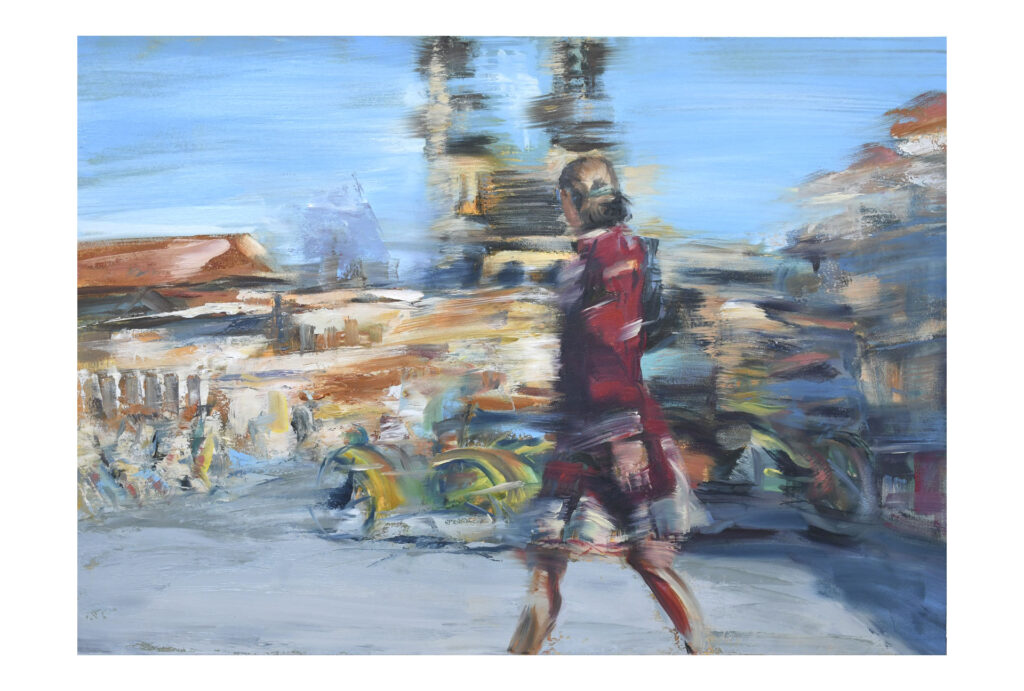
Summer Stroll in Prague. Oil on Board, size A2.
LSA: What role does chance play in your work when you let the unexpected happen, and how do you know when to step back and let the piece speak for itself?
LSA: How do you translate emotion into colour, movement, or composition?
When planning my compositions, I focus on what is the most important element of them, for example with my Bristol Street underpass, it was the glowing orange underpass, in the centre where the cars emerge out of. I then limited my pallet to only include mainly these oranges and the complementary blues to give the final picture more sophistication. The dynamism comes from cropping this image and positioning the cars so they’re heading straight for you and past you to the left. I had to really lean over the road and take the shot from a very low angle to achieve this.
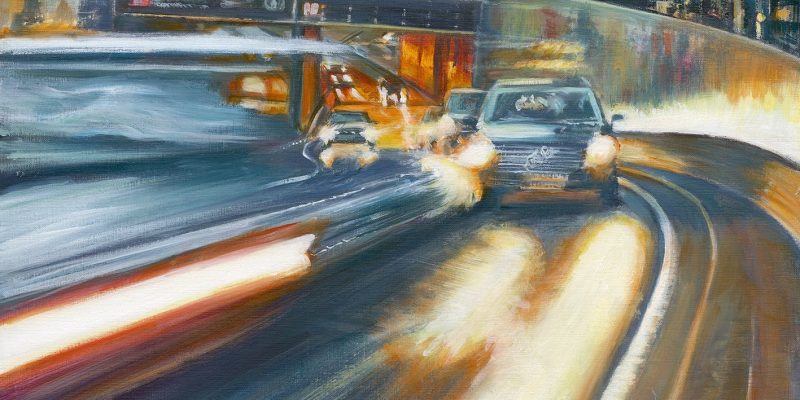
With my Leamington Intersection piece, I organise the composition so you could only see the underbelly of the metal railway bridge, creating a frame with a frame effect. The main elements are the moving cars which are punching directly into the background leading your eyes into the composition. I try and use the colours that I see mostly but like to heighten the intensity of them to add to the vitality of the final painting.
In all my artwork, my aim is the capture the atmosphere of the moment and select just enough detail of the environment to do that. With each new painting, I try and become a bit bolder, moving my style on, become a bit more abstract, making the surface of the actual paint more of a player too.
